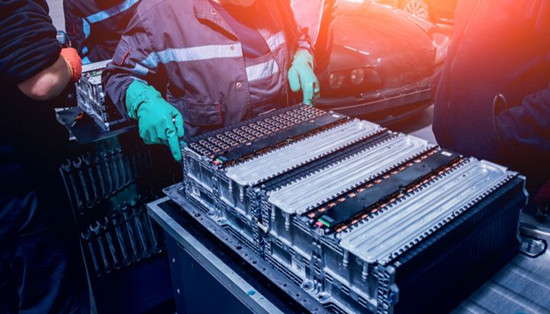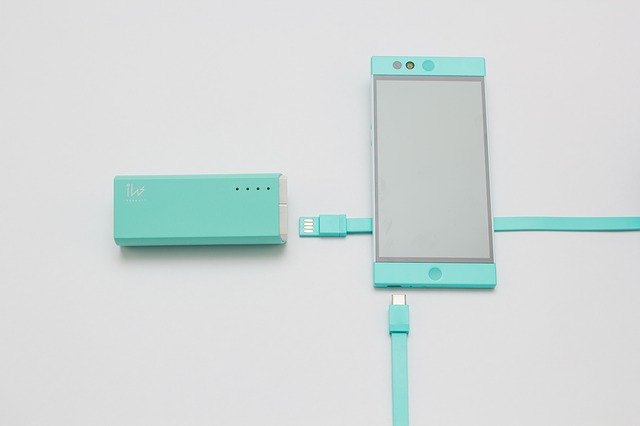LiPo Battery Specification Guide
Oct 26, 2019 Pageview:1407
The LiPo battery is the type of battery that consists of lithium polymer chemistry. At present, these batteries are one of the most common consumer batteries used in various types of consumer devices. If you are looking for a long-run and high-power battery, then LiPo is the perfect answer.
This type of battery has a wide range of benefits but there are some drawbacks as well. But if you handle the Lithium battery with care and safety, then you will be able to maximize its lifetime. It is all about how you treat the battery. Every LiPo battery manufacturer gives a detailed guide regarding the safety and precautions while you are handling the battery.
As only a chemical engineer can have complete knowledge of what can go wrong with these batteries. It is vital you at least have a guide so that you can use the LiPo batteries optimally and avoid any kind of risk. In this article, we are going to learn all about the LiPo batteries. Let's begin.
What Do Numbers Mean On LiPo Batteries?
You must have noticed that when you buy a LiPo battery, there are some numbers on the package. You might think that those numbers don’t concern you. But they have a significance regarding the battery specifications. A regular battery will have numbers as:
50 C
5000mAh
3C Charge Rate
2S 7.4V
These are the specifications that help a consumer to understand the rating, capacity, cell count, and other values of the battery. But it is most likely that a regular consumer doesn’t have any idea what these numbers are. Don’t worry; we can explain them to you.
1: Voltage/ Cell Count:
A standard LiPo cell has a nominal voltage of 3.7 V. But in the above specification, we read that the battery has a voltage of 7.4 which means that there are two cells in the series; hence the voltage gets added together. And this is specified by the 2S which means that there are 2 cells that are connected in series. If the battery has 11.1 V, then the battery will have 3 cells of 3.7 V each and they are connected in series and so on.
2: Capacity:
The number that specifies the capacity of a LiPo battery is followed by the unit of charge capacity of a battery. This will tell you how much power the battery actually has. In the above specification, we see 5000 mAh which is the battery capacity and means that the battery has a power of 5000 milli Ampere Hour. As 1000 mAh is equal to 1 Ah, the 5000 can also be written as 5 Ah battery capacity. The capacity describes how much a user can drain the battery in one hour. It is like a fuel tank for the battery and the capacity to determine how long the battery will continue working before it needs recharging.
3: Discharge Rating:
The battery voltage and capacity have a direct impact on the run time. And the discharge rating is provided so that the consumer doesn't harm the battery while discharging. The C rating is the measure that specifies how fast you can discharge the battery safely without doing any serious damage. The number given as 50C in the above-mentioned specifications is not a standalone number. To calculate the C rating, you must also know the battery capacity.
4: The Internal Resistance:
This is another major number that is relevant for the batteries but not shown on the specification and it is internal resistance. It changes over time and affected by some factors like temperature. This may not be found on the packaging, but it holds great value for the battery.
How Fast Can You Discharge A LiPo Battery?
Most users think that the charging and discharging regulations of the battery are not that significant. But the Discharge Rating is a little bit hard to understand. It requires you to know that the capacity of the battery is a figure that concerns the safe amp draw that we discussed in the above section.
In the above battery, the C rating, i.e. the maximum safe continuous amp that can be drawn will be:
C -rating of the above battery= 50 C x capacity = 50 x 5= 250 A
The resulting number, 250 A is the maximum load that you can put on the battery. If the load on the battery increases, the battery will degrade faster than normal. Most batteries have two types of C ratings. The first one is the Continuous rating and the second one is the Burst rating. The burst rating works the same way. The only difference is that it has a 10 second burst instead of continuous.
How Safe Are LiPo Batteries?
When there are so many numbers that are related to the LiPo batteries, it is important that you follow the safety precautions and rules. The good thing is that LiPo batteries are well balanced. The balancing term we use describes the act of equalizing the voltage of each cell in the battery. This will ensure that the cell discharges at the same amount. Not only the performance of the battery will improve but it is also crucial for the safety reasons.
For safety, proper treatment and care guides are provided in the battery. The biggest benefit of rechargeable batteries is that is safe. They suffer from the same problems as that of Lithium-ion batteries. It includes overcharge, discharge, overheating, short-circuit, and other physical damage issues. Thus, you have to follow up on the safety procedure as specified in order to ensure that an accident can be avoided at all costs.
From now on, whenever you buy these batteries, you will know what the numbers on the battery package mean. This will help you make a well-informed decision. There is no denying that you will need one of the types of Lithium batteries at some point in life. Hence, having a deep knowledge of them will be a good thing as you can avoid some common problems in these batteries.
- Prev Article: Storing Lithium Ion Batteries in the Cold
- Next Article: Storing Lithium-ion Batteries Safely
Leave Message
Hottest Categories
-
Hottest Industry News
-
Latest Industry News











